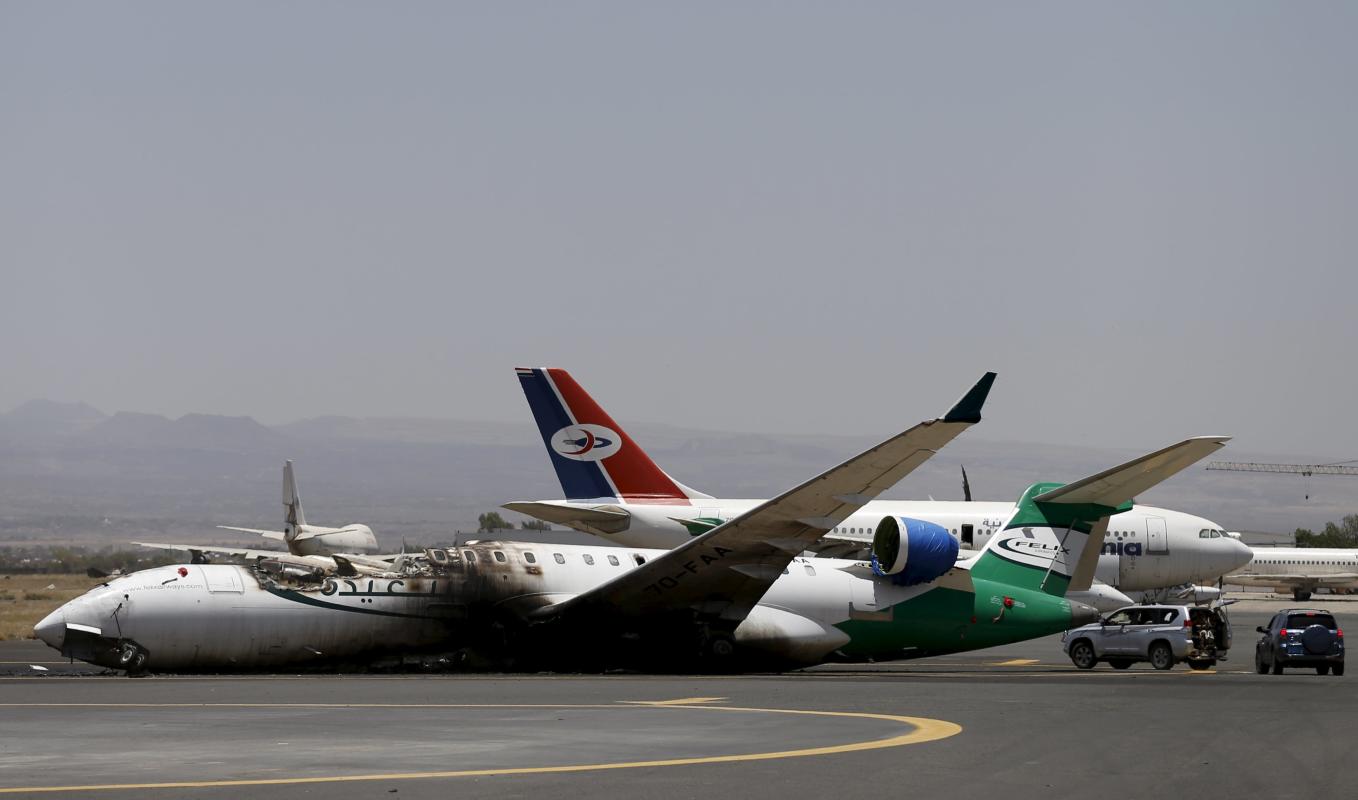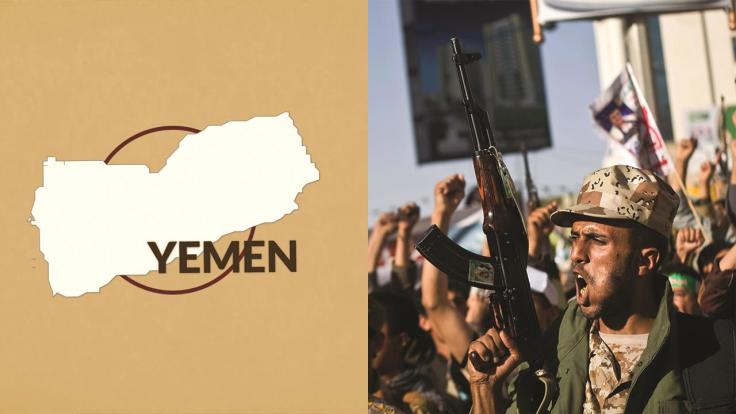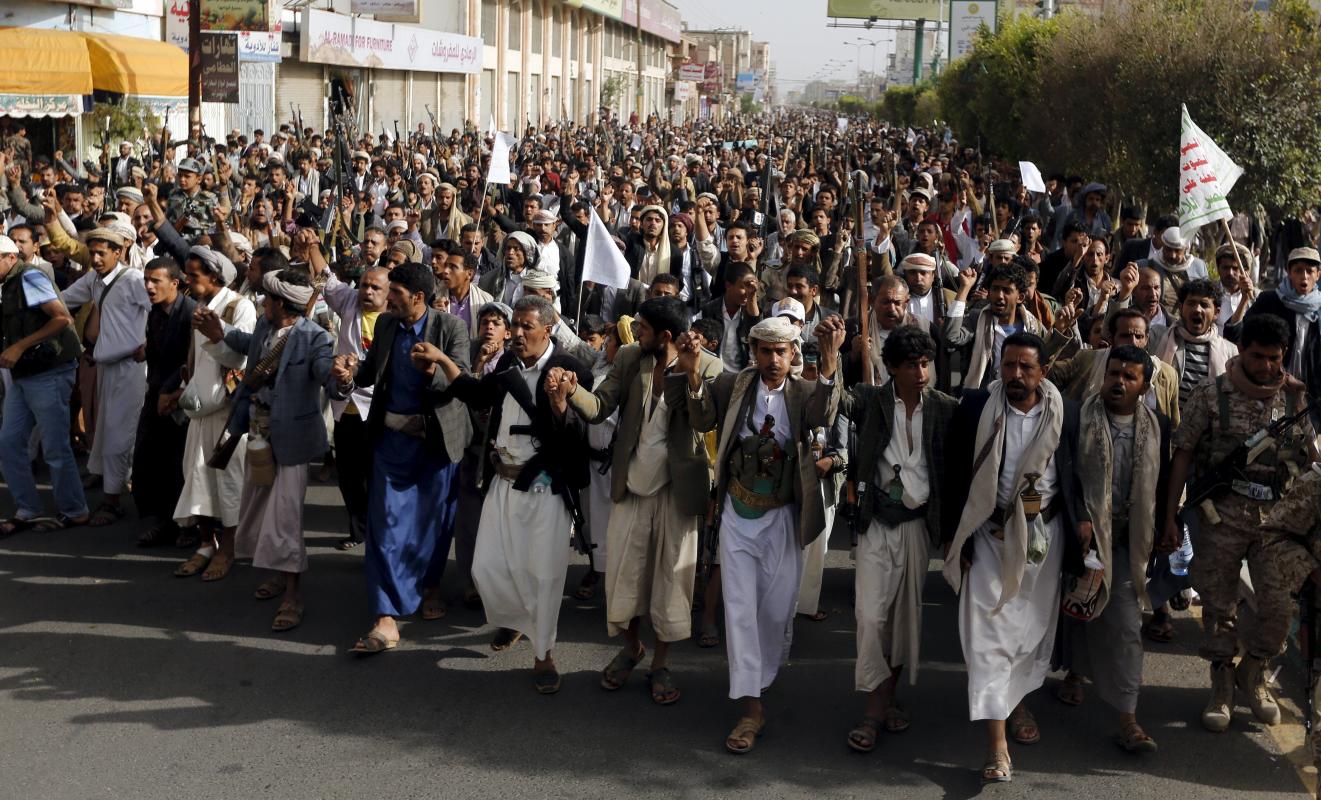
Two Iranian destroyers, sent to the Gulf of Aden to protect commercial ships, have reached the entrance of Bab el-Mandab, a strategic strait between Yemen and Djibouti, Iran’s navy said Thursday.
In another sign of tensions between Gulf rivals Iran and Saudi Arabia, meanwhile, the Saudi charge d’affaires was summoned to the foreign ministry in Tehran to hear a “strong protest” over Saudi military action which
prevented an Iranian plane from landing in Sanaa.

“We are present in the Gulf of Aden in accordance with international regulations to ensure the safety of commercial ships of our country against the threat of pirates,” said the head of the Iranian navy, Rear Admiral Habibollah Sayari, quoted by the official IRNA news agency.
The navy has sent the Alborz and Bushehr destroyers to patrol the entrance to the strait, he added.
Bab el-Mandeb, a narrow body of water, is the key strategic entry point into the Red Sea, through which around four million barrels of oil pass each day on ships headed to or from the Suez Canal.
Last week, US officials said an American aircraft carrier and a cruiser left the waters off Yemen and headed back to the Gulf after an Iranian naval convoy also turned back from the area.
Washington suspected the convoy of carrying weapons destined for Shiite Huthi rebels in Yemen.
“The information that the Iranian ships received warnings and left the area is not correct,” Sayari said, insisting that Iran will not enter “the territorial waters of other countries” in reference to Yemen.
Saudi Arabia, which heads a Sunni Arab coalition conducting air strikes on Yemeni rebels since March, has imposed an air and sea blockade.
Sayari said the two destroyers would stay posted around Bab el-Mandab until late June.
Iran denies having armed Huthi rebels and has called for the immediate end of coalition air strikes as a condition for resuming dialogue aimed at ending the crisis in Yemen.
The Iranian navy has deployed warships in the Gulf of Aden and in the Indian Ocean for a number of years to stave off the threat of hijacking for commercial vessels.
In Tehran, the top Saudi diplomat posted in Iran was summoned Thursday to the foreign ministry which “strongly protested” over an incident in which Saudi warplanes bombed Sanaa airport runway to prevent an Iranian plane from landing.
Tuesday’s action “endangering the lives of the crew and members of the Iranian Red Crescent, who brought medical aid to Yemenis and wanted to transfer the wounded, is unacceptable,” said a senior Iranian diplomat, quoted by IRNA.
It was the fourth time in a month the Saudi charge d’affaires was summoned.
































